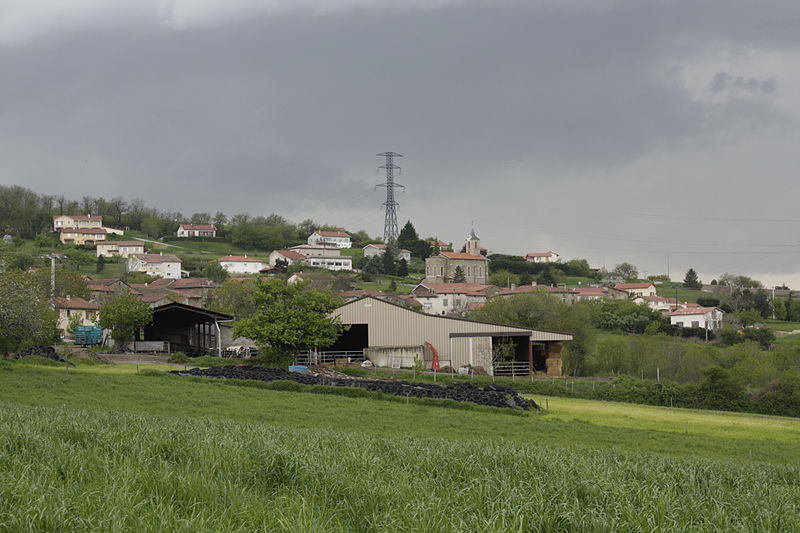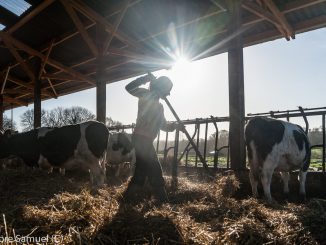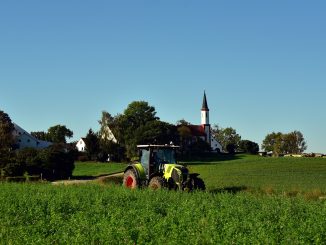
Before the summer break, the French ministry of agriculture issued the 22 page document ‘CAP 2014/2020: how to ensure a redistribution towards livestock and employment?’ Among those scenarios, Stéphane Le Foll has expressed his preference for the most redistributive option: a full convergence and a top-up on the first 52 hectares as the national average of farmholding size mobilising 30% of the national direct payments enveloppe (third scenario).
Given that Le Foll initiated the proposal last autumn when he convinced MEP Capoulas Santos to integrate the EP report, it’s no suprise France gives this impetus while no substantial progress has been achieved yet on capping and degressivity between the Council and the Parliament.
A potential 550 M€ redistribution
According to a first impact assessment on direct payments beneficiaries in 2019 compared to 2010 -however without any income data- the third scenario would benefit to small and medium size farmholding and grassland farming systems.
Farms under 100 hectares which represent 73% of the 356.301 beneficiaries will benefit from such redistribution option, shifting 550 M€ from the large farms above 100 hectares. A significant step but rather modest compared to the annual 7,500 M€ ceiling for all direct payments.
Regarding farming systems, the ‘winners’ would be grassland livestock systems (cattle +29%, dairy +13%, sheep and goats +44%). At the opposite crop farming systems would receive -13% of direct aids and mixed farmholdings -6%.
This could represent significant change in how CAP deals with grasslands vs maize silage and monocropping systems. It means a paradigm shift compared to the 1992 CAP reform that gave a generous incentive to maize silage (€2,000 per hectare) and marginalising grasslands in agro-environmental schemes (€50 per hectare).
However this redistributive option continues on from the policies of Michel Barnier, the first French agricultural Minister who boldly decided to move money from crops towards grasslands systems (700 M€) after the CAP health check in 2009.
Conservative FNSEA vs Young farmers support
Despite those positive signals towards a fairer CAP, large farmers organisation reactions are negative. The main one FNSEA, has criticized the Minister’s preferential option, arguing against both disruption and redistributive payments.
FNSEA is obviously worried that CAP reform objectives are mainly focused on redistribution rather than competitiveness, and it remains heavily under the cereal farmer’s control.
On the other hand, Confédération Paysanne and the Young Farmers organisation have warmly welcome Le Foll’s plan. This is a radical shift for the Young Farmers which has traditionally followed FNSEA statements on CAP thus far. From civil society, Groupe PAC 2013 platform also supports this change of direction.
Given that at least 40 direct payment decisions are left to Member States, this battle on CAP payment redistribution among French farmers may be seen as a test for the EU. Next step later in October.





